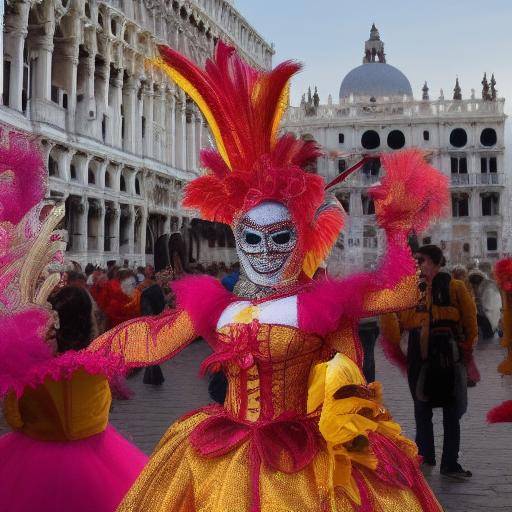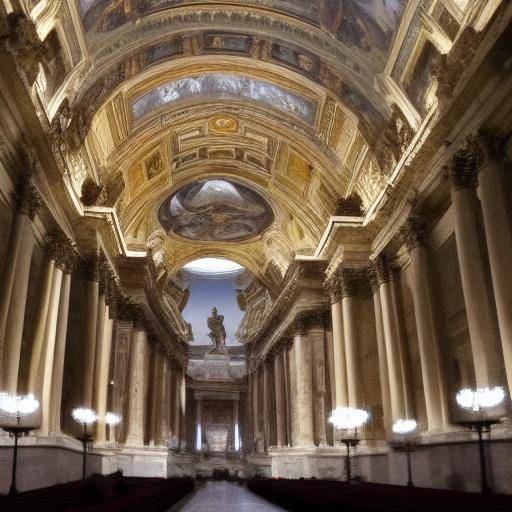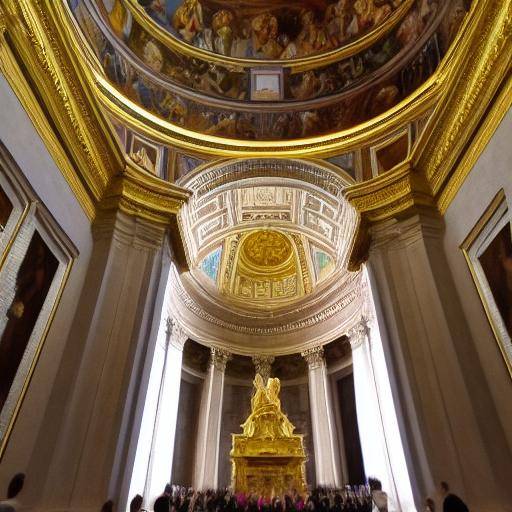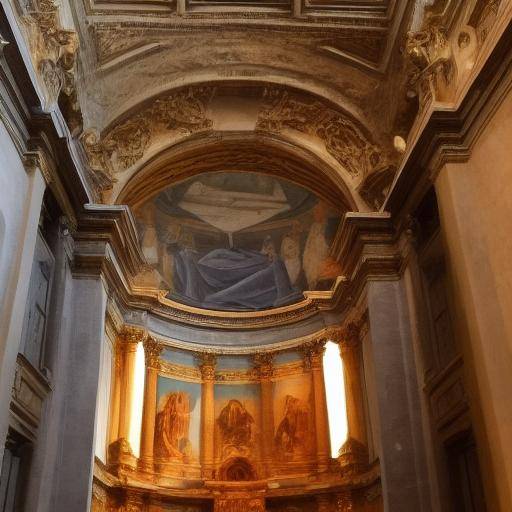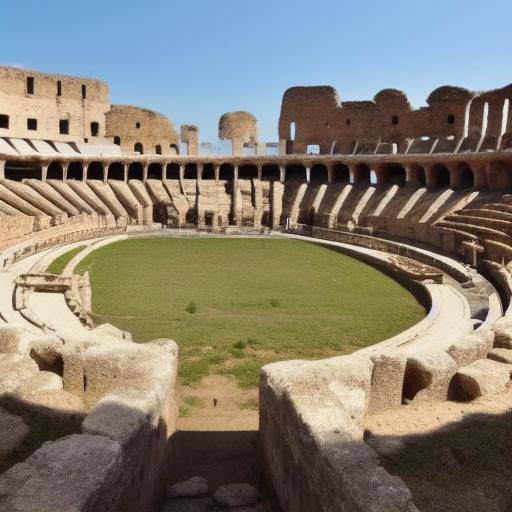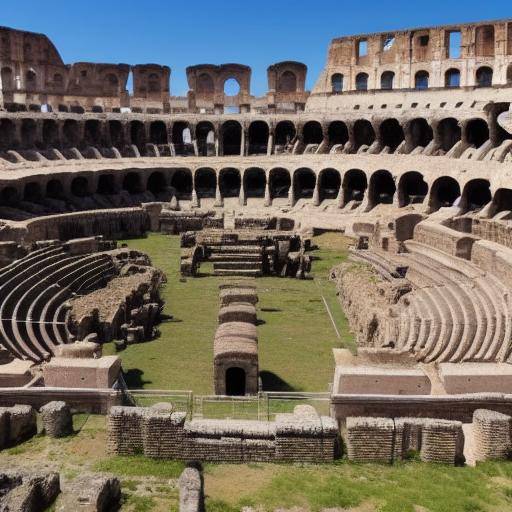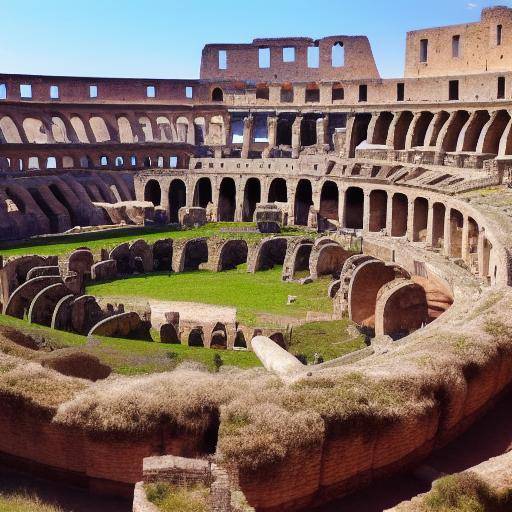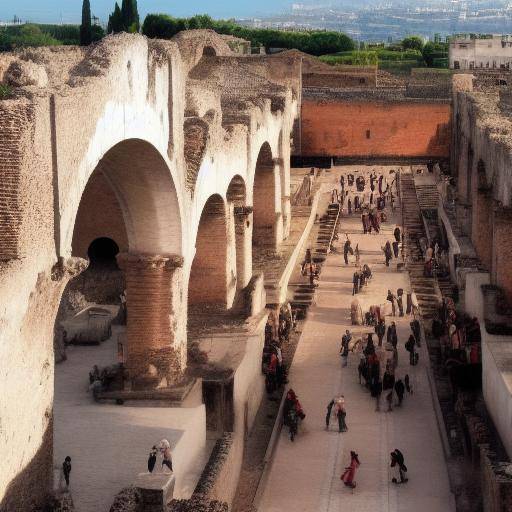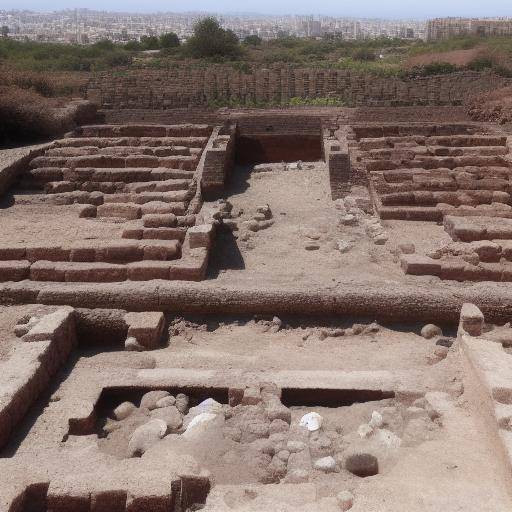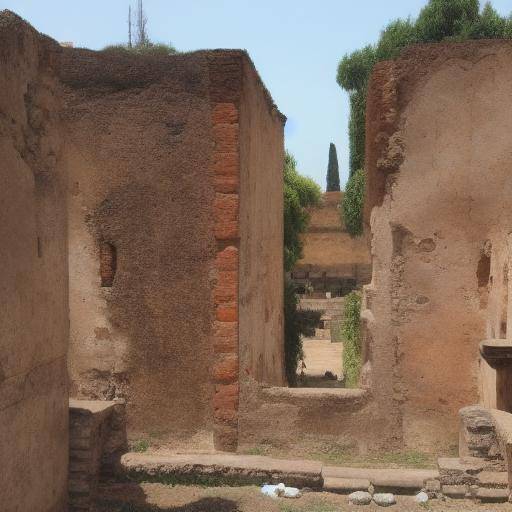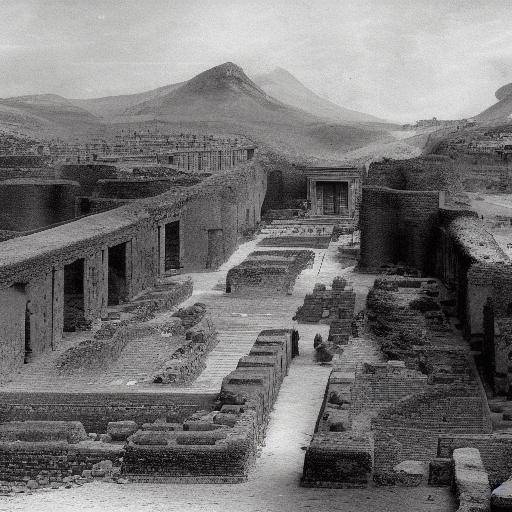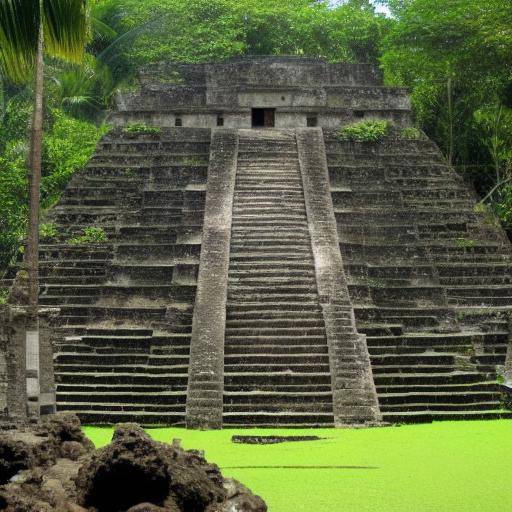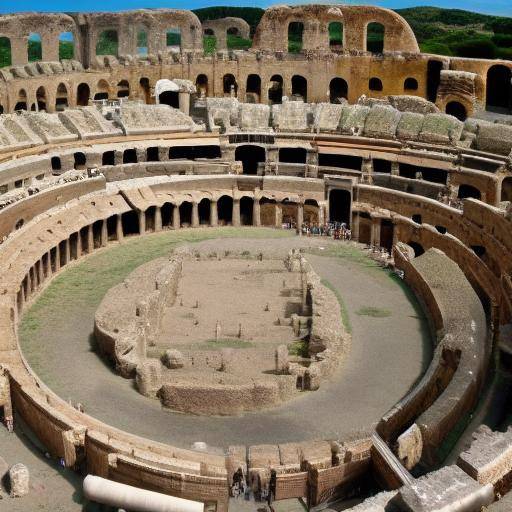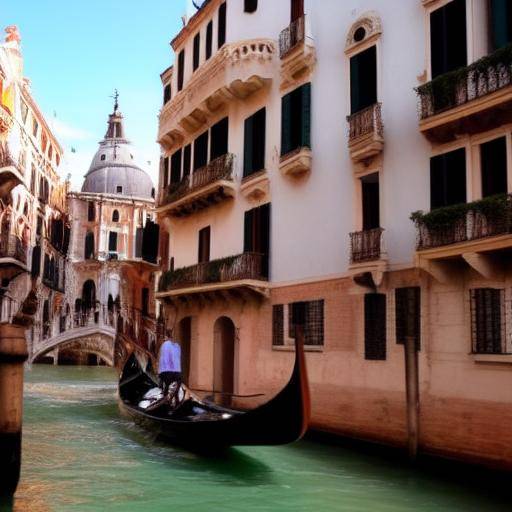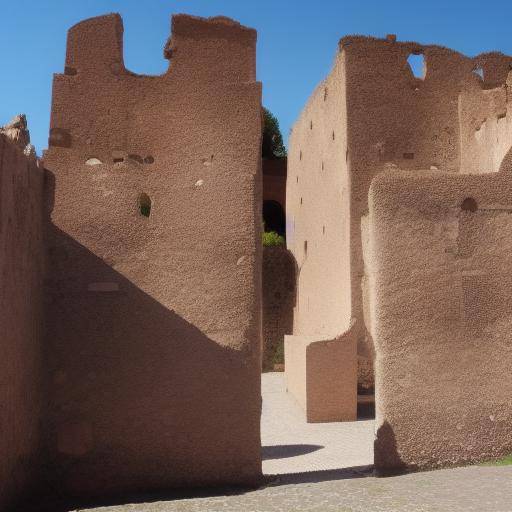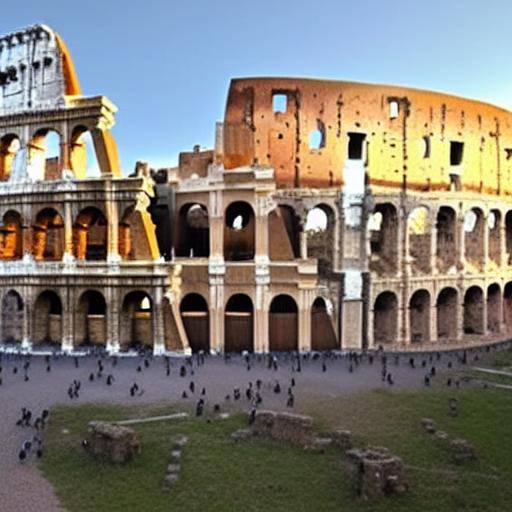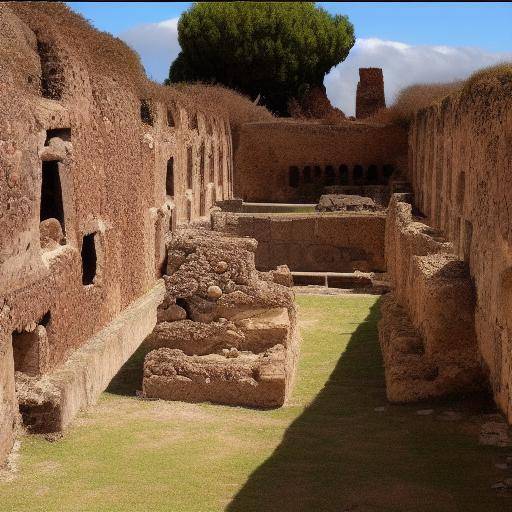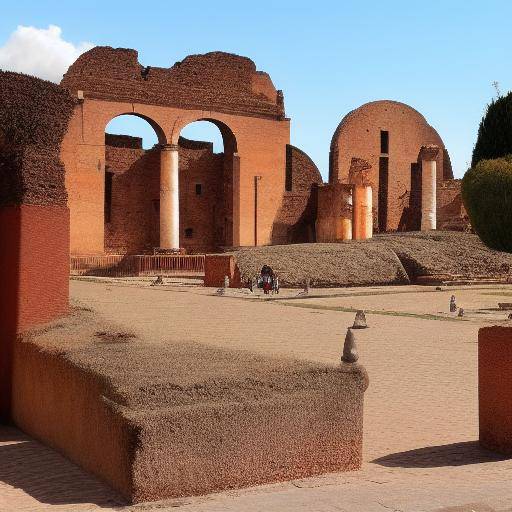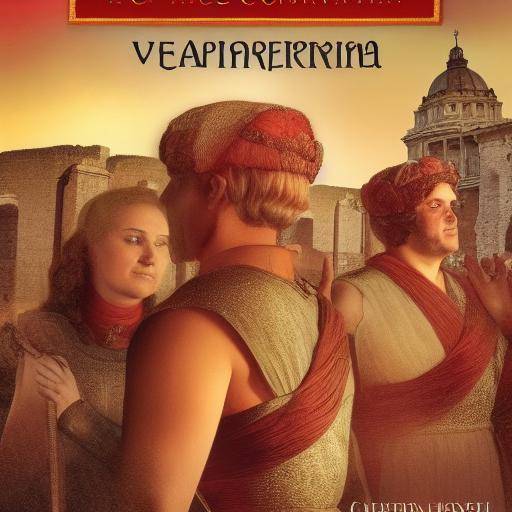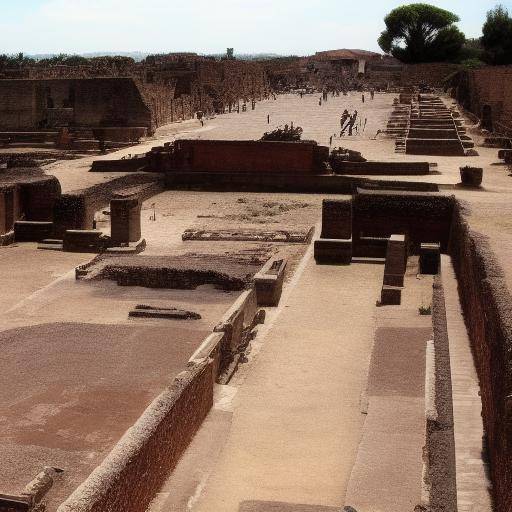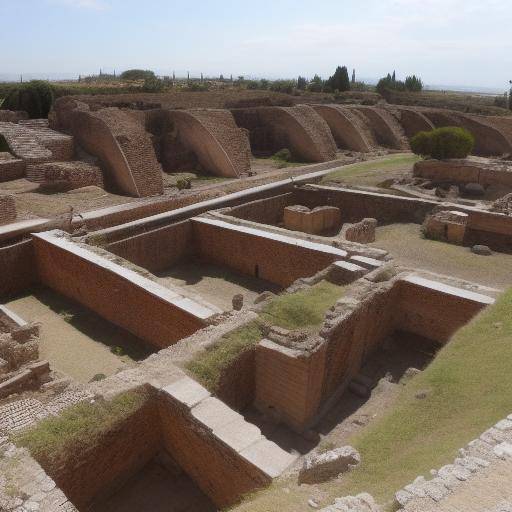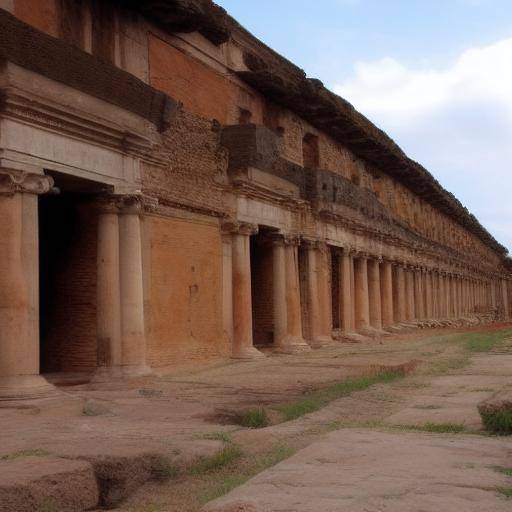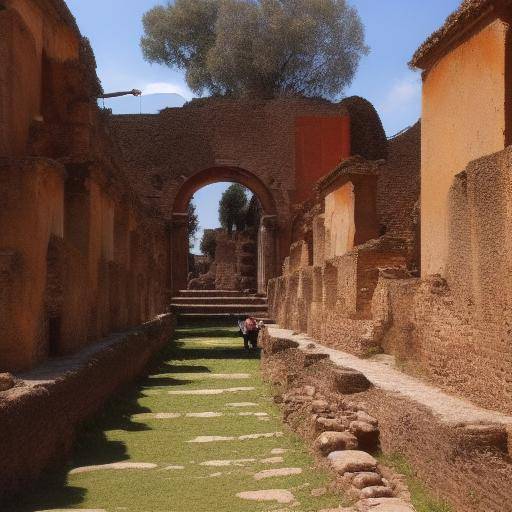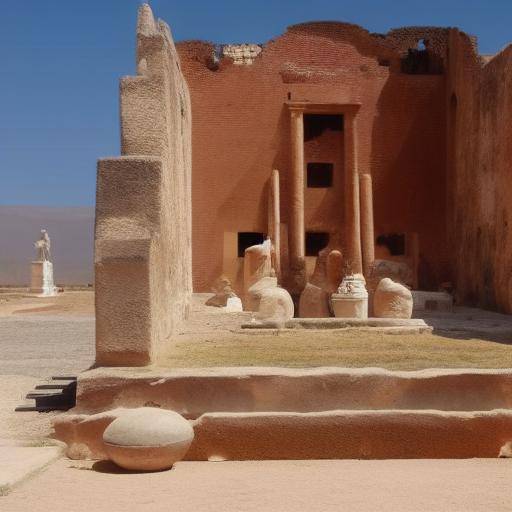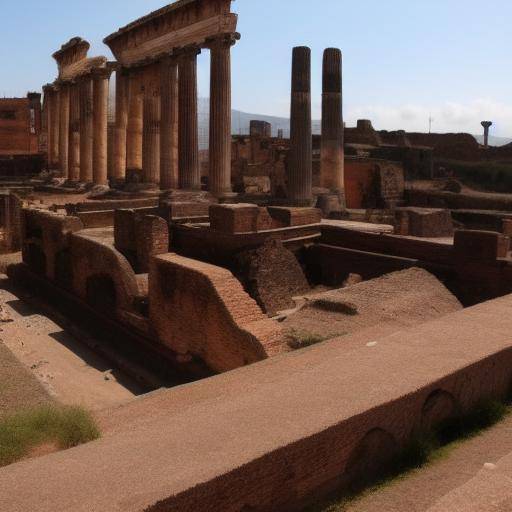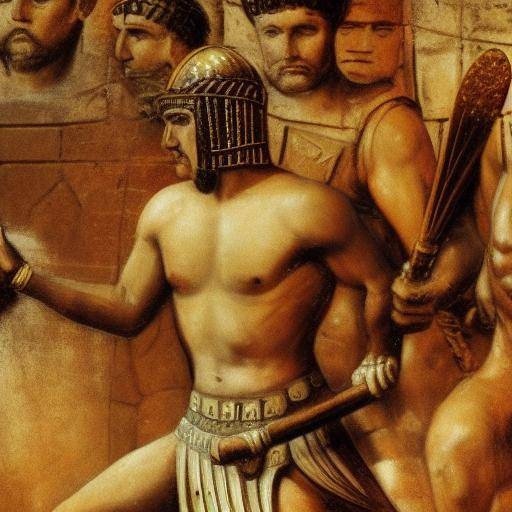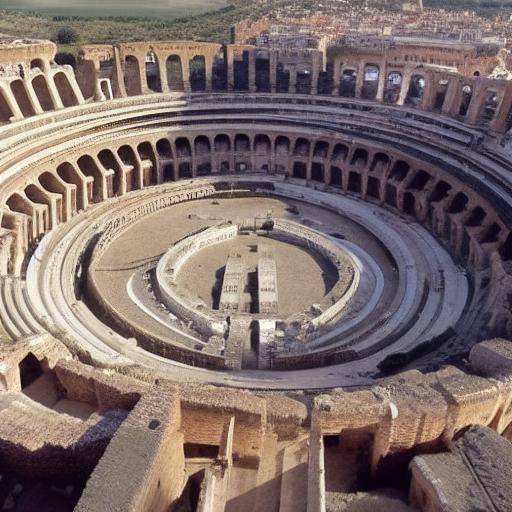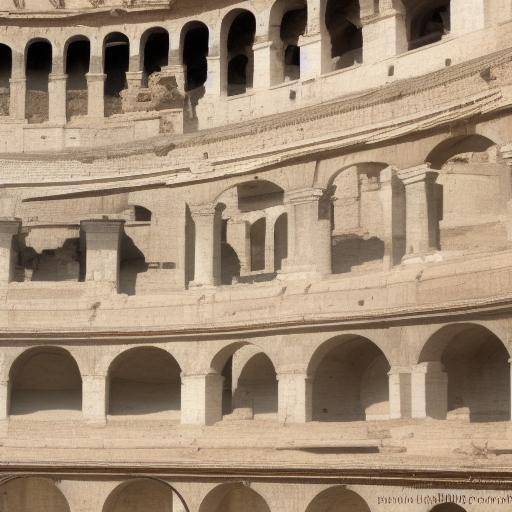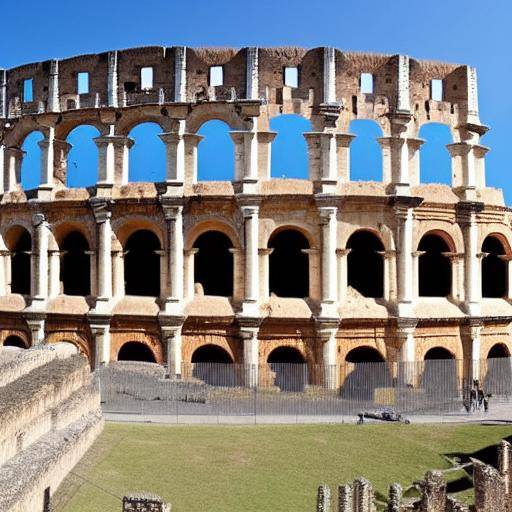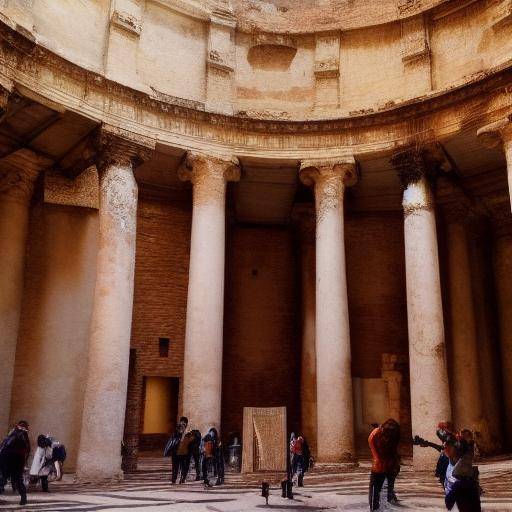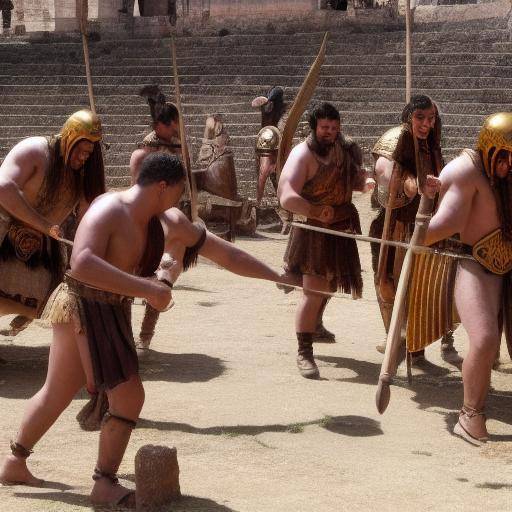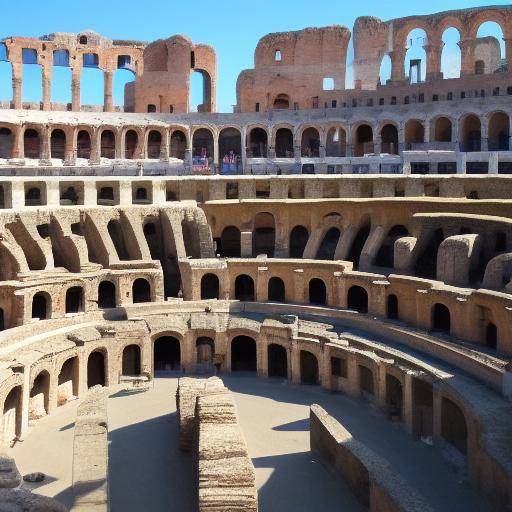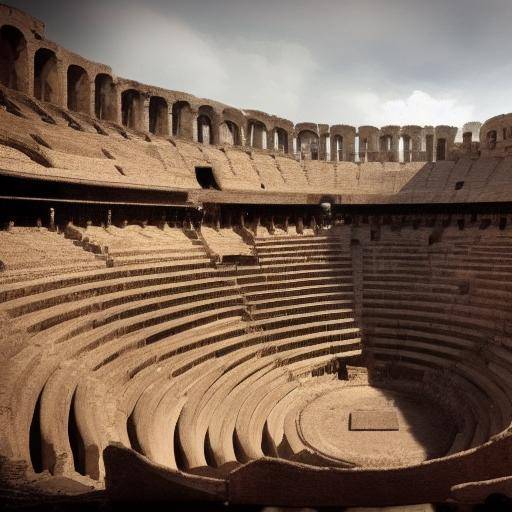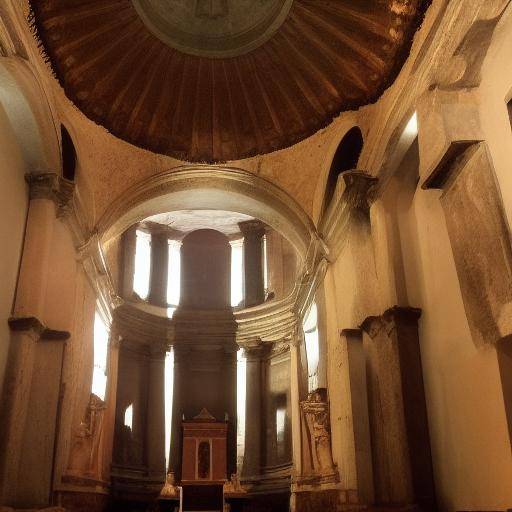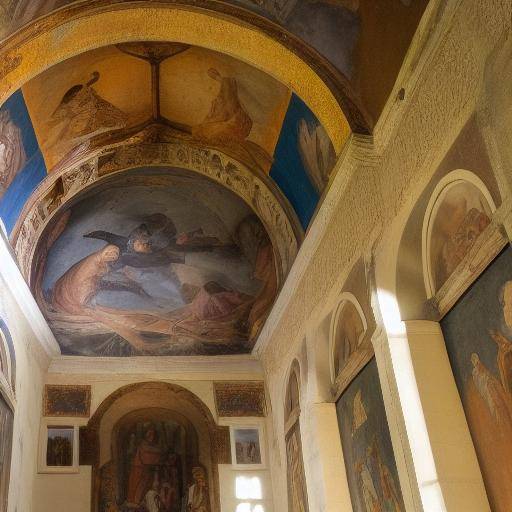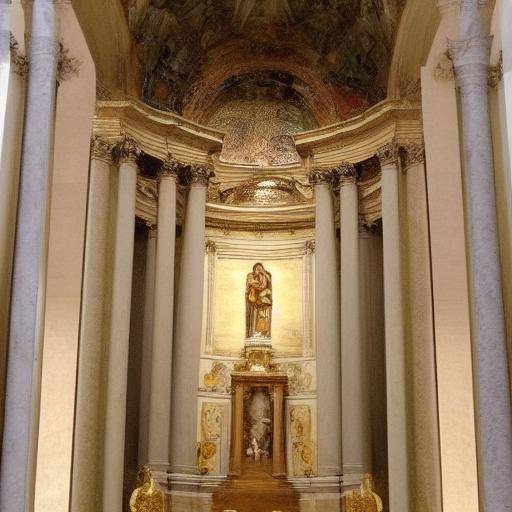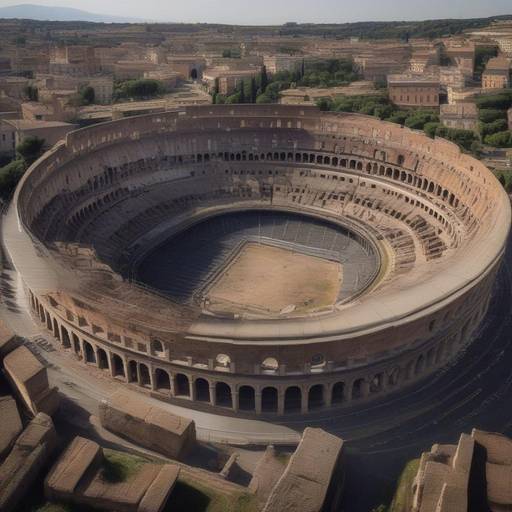
The majesty of the Roman Colosseum transcends the mere architecture; its greatness lies in the vast history that lies among the millenary stones of this iconic monument. In the heart of ancient Rome, the Colosseum resonates with the echoes of greatness and the sacrifice of gladiators, while it remains a lasting symbol of the magnificence of the Roman Empire. In this article, we will explore in depth the history, importance and contemporary relevance of the Colosseum and its influence in the city of Rome and throughout Italy.
Introduction
The Colosseum, also known as Anfiteatro Flavio, is one of the most emblematic monuments of the Roman era. Located in the centre of Rome, this imposing building has witnessed countless events throughout the centuries, from gladiator combats to dramas and recreations of famous battles. His legacy endures, attracting millions of visitors from around the world who seek to immerse themselves in the glory and grandeur of the past. In this article, we will explore the history, architecture, cultural influence and contemporary importance of the Roman Colosseum.
History and Background
The Roman Colosseum was built between the 1970s and 80 AD by the emperor Vespasian of the Flavia dynasty, and its construction was completed under the command of his son, Emperor Titus. This impressive structure, designed to host public shows and entertainment events, symbolizes the apogee of the Roman Empire. The Colosseum offered seats for around 50,000 spectators and even had a sophisticated system of underground passages that allowed the rapid circulation of wild animals and gladiators to the central sand.
The history of the Colosseum is intrinsically linked to that of gladiators, whose epic battles marked the life of the Romans for centuries. These brave fighters, mostly prisoners of war, slaves or delinquents, were facing battles to death or simulated struggles against wild animals for the enjoyment of the public. His exploits have been immortalized in art, literature and cinema, leaving a legacy that lasts until today.
Detailed Analysis
The Colosseum not only represents an architectural milestone, but also has a significant impact on Italy's tourism and economy. It attracts millions of visitors every year, generating income and promoting the tourist industry. It has also served as a stage for cultural events and has been a symbol of the eternal influence of Rome in European history.
Comprehensive review
The Coliseum's influence on popular culture and collective imagination is undeniable. His iconic structure has been represented in countless films, novels and works of art, becoming a universal icon of Roman grandeur. The preservation and restoration of the Colosseum represents a constant challenge for the authorities, who seek to balance the conservation of historical heritage with modern needs.
Comparative Analysis between the Colosseum, Rome and Italy
The Colosseum is an emblem of the city of Rome and, by extension, of the whole country. Its historical and cultural importance transcends borders, generating a lasting impact that defines the Italian identity. The Colosseum symbolizes the greatness of ancient Rome and its lasting influence on the architecture, politics, law and culture of Italy.
Practical Tips and Accessible Recommendations
If you have the opportunity to visit Rome, you cannot fail to admire the majesty of the Colosseum. In addition, it is advisable to explore the surroundings and immerse yourself in the rich history that permeates every corner of the city. Make sure you get a reliable tour guide to maximize your experience and understanding of the importance of the Colosseum.
Industry Perspectives and Expert Reviews
Experts on archaeology, ancient history and architecture share their vision of the importance of the Colosseum as a lasting symbol of Roman grandeur. Its knowledge enriches our understanding of this historical monument and its place in the world panorama.
Case Studies and Practical Applications
Case studies show how the Colosseum has influenced both culture and tourism today. Its impact extends beyond the borders of Italy, exemplifying its global relevance today.
Future Trends and Predictions
The Colosseum will remain a must for lovers of history and cultural tourism in the future. New technologies and conservation approaches will ensure that future generations can appreciate and understand the importance of the Colosseum in the European historical background.
Conclusion
The Roman Colosseum represents the glorious legacy of ancient Rome and its importance as a cultural emblem of Italy. Its lasting influence on art, literature and popular culture makes it an invaluable monument that transcends time.
Frequently asked questions
What is the historical importance of the Colosseum in the Roman era?
The Colosseum was the epicenter of social life and entertainment in ancient Rome, witnessing events that reflected the greatness and power of the Roman Empire.
What is the best time to visit the Colosseum?
Spring and autumn are excellent moments to visit the Colosseum, as the weather is more pleasant and there are fewer crowds.
How has the Colosseum been preserved over the centuries?
The conservation of the Colosseum has been a constant challenge, but the restoration and maintenance efforts have ensured its integrity today.
What is the connection between the Colosseum, Rome and the Italian identity?
The Colosseum is a lasting symbol of the greatness of Rome, which has left a profound legacy in the cultural and historical identity of Italy.
What impact does the Colosseum have on the tourism of the region?
The Colosseum is a fundamental tourist attraction that drives the local economy and promotes the historical heritage of Italy.
What is the symbolic power of the Colosseum today?
The Colosseum represents the greatness, power and cultural influence of ancient Rome, exerting a significant influence on the perception of Italy in the present world.
In short, the Colosseum remains an impressive testament to the greatness of the Roman Empire and an impermissible destination for those seeking to connect with the ancient history and rich cultural heritage of Italy.

